Adopted by Delhi’s Lieutenant Governor, Qutabgarh is the recipient of multiple initiatives that are paving the way for development of its resident population of 14,000.
With nearly 97.5 per cent of Delhi’s population being urban, the city’s vast magnitude of development over the years has taken in most of the available land to cater to its growth.
This also covers numerous villages which have gradually shrunk to just residential and commercial settlements within the city, and consequently, have been classified as ‘urban’ villages.
However, on the periphery of the city, several rural villages exist which constitute the remaining 2.5 per cent population of the region.
These villages are equally a part of the city, yet retaining their rural character, with majority engagement in agricultural practices on its surrounding farmlands.
With the urban expanse close to reaching these areas, these limited rural villages offer opportunities for regulated growth, unlike the urban villages, through developmental initiatives to progress in sync with the city’s growth.
One such village is Qutabgarh, situated in the northwestern region of Delhi, sharing its border with Haryana. The village has recently garnered attention due to its ongoing transformation.
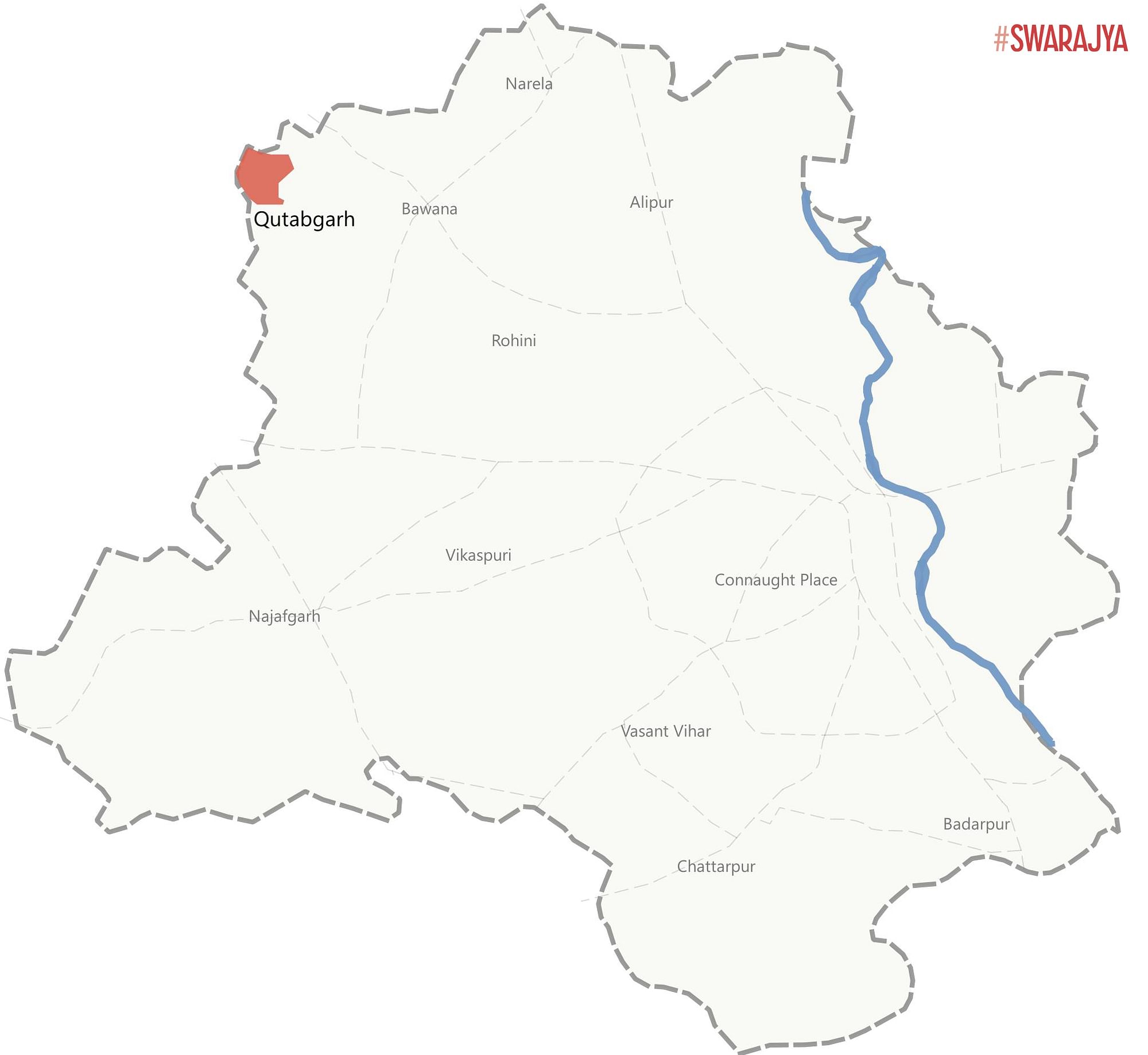
Qutabgarh has been adopted by Delhi’s Lieutenant Governor Vinai Kumar Saxena as the ‘Model Village’, and has become the recipient of multiple development initiatives to foster its transformation.
Spread over an area of about 5.98 square kilometres, inside the village, one can witness several activities that demonstrate a vision for substantial progress for its resident population of around 14,000.
Swarajya met Ravinder Rana, a native of the village, who has been actively working for the development of the village and its population over the years.
With great enthusiasm, Rana and his fellow villagers agreed to show around the work in progress in the village, as part of the LG’s Model Village development.
Why Qutabgarh, And How Is The Village Transforming
Drawing upon his previous association with the village, when as chairman, Khadi and Village Industries Commission, Saxena had facilitated apiculture (bee-keeping) and successful rejuvenation of a village pond in the locality.
Following this, he embraced a continued vision for the village’s development and decided to transform this as a model village, to be reciprocated for other rural villages in the city, shares officials from LG’s office.
Rana states, “In the past, the village had been largely neglected, and most of the proposed development always remained unaddressed. However, with the attention of the LG towards the progress of the village, things are now changing, and the villagers are also supportive of the ongoing changes.”
According to him, the key areas include enhancing civic infrastructure, sporting facilities, training for agricultural growth, financial sustainability, women participation, healthcare and connectivity in the village.
Changing Social Infrastructure And Sports Facilities
One of the initial focuses remained on the development of roads and drainages.
As per the villagers, as of now, one significant stretch has been completed which connects the village to surrounding regions, while the tender has been finalised for Rs 16 crore, which includes 61 streets, and three major roads. They also added that the village now has a gas line installed for all houses.
Work could also be seen on rejuvenating the wells and the two waterbodies in the village. These ponds have also been connected to a network for rainwater harvesting thorughout the village.
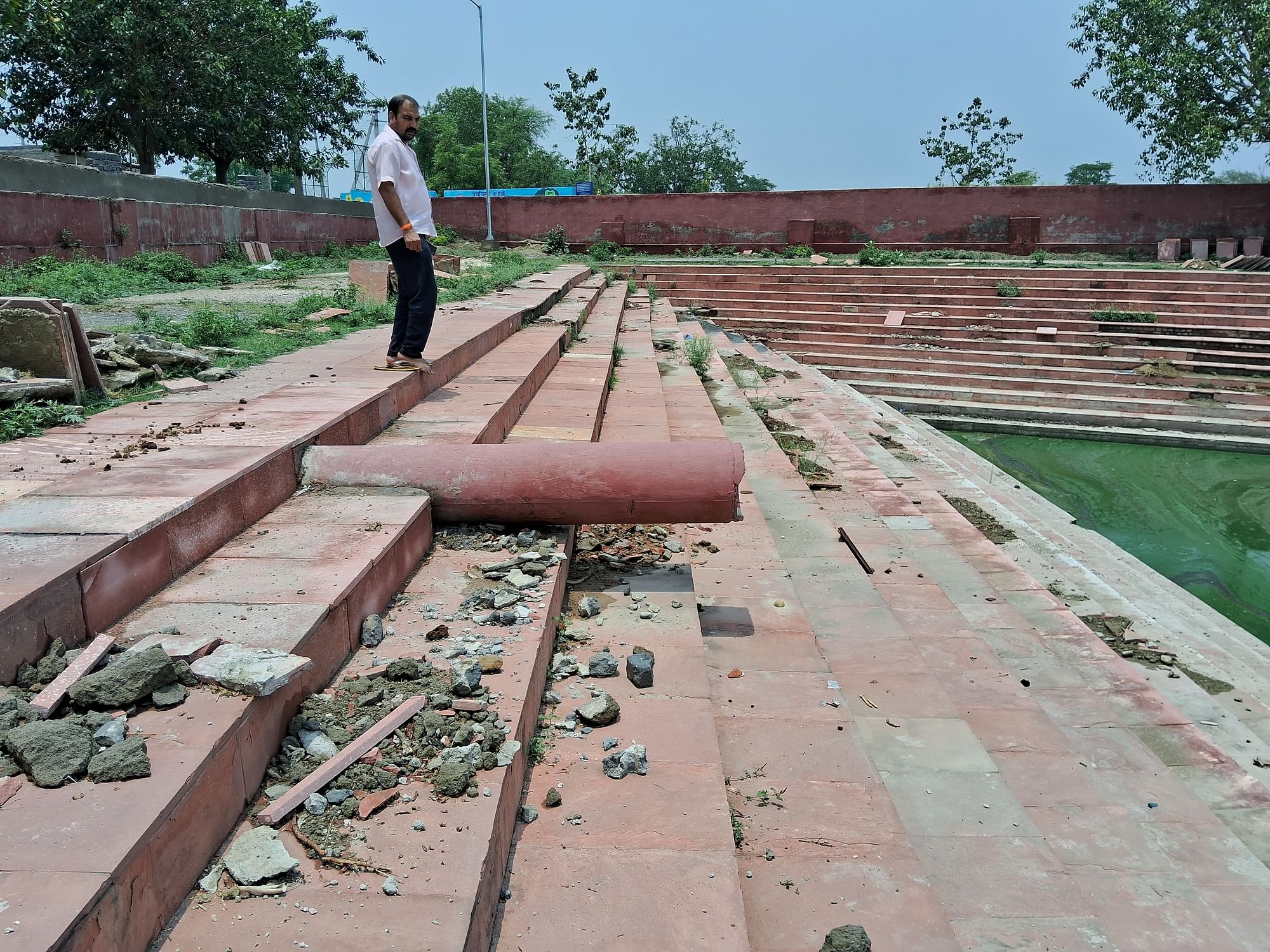
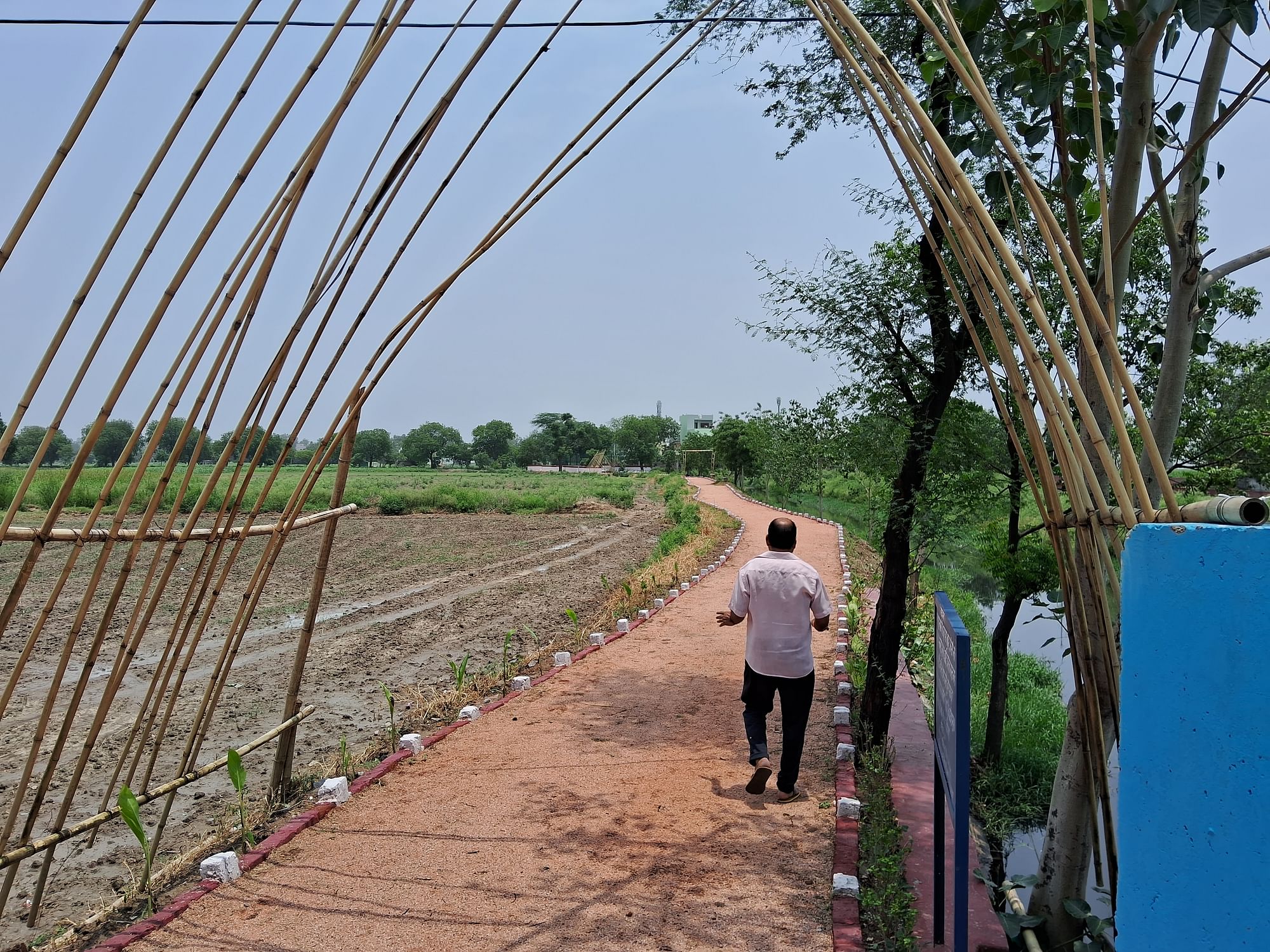
Rana further emphasised that three densely forested areas, adding up to 75 acres, which remained abandoned in the village, are now being cleared and developed in phases.
These three green zones are being transformed into recreational parks with walking tracks, bamboo seating, gazeboes, artificial pond and other public amenities, with the aim of converting into venues for eco-tourism and opening up the village to the tourists visiting the city.
The villagers showed the first phase of forested area, that also includes development of the village nursery, which supports the farmers with seeds, saplings, and other necessary requirements.
Additionally, as per the LG’s office, 544 LED street lamps have been installed throughout the village, which were also seen in these newly developing regions.
Another resident, Deepak, who is very keen on having sports infrastructure for the village, emphasised on the development of the sports complex that has now been approved and is progressing.
Qutabgarh has been training several wrestlers, athletes and sportspersons who aspire to move forward in their respective fields to reach national and international levels. However, till now, there has been no such facilities for them to train and grow.
Devrana is one young wrestler from the village who recently won the National School Games wrestling championship. He, along with many others have been training in the village akhada, an arena locally created along an agriculture field. This has been their primary training place.
The villagers say that in 2010, land was allocated for the construction of a sports complex. However, over the years, nothing substantial has materialised apart from a compound wall that was erected to designate the area.
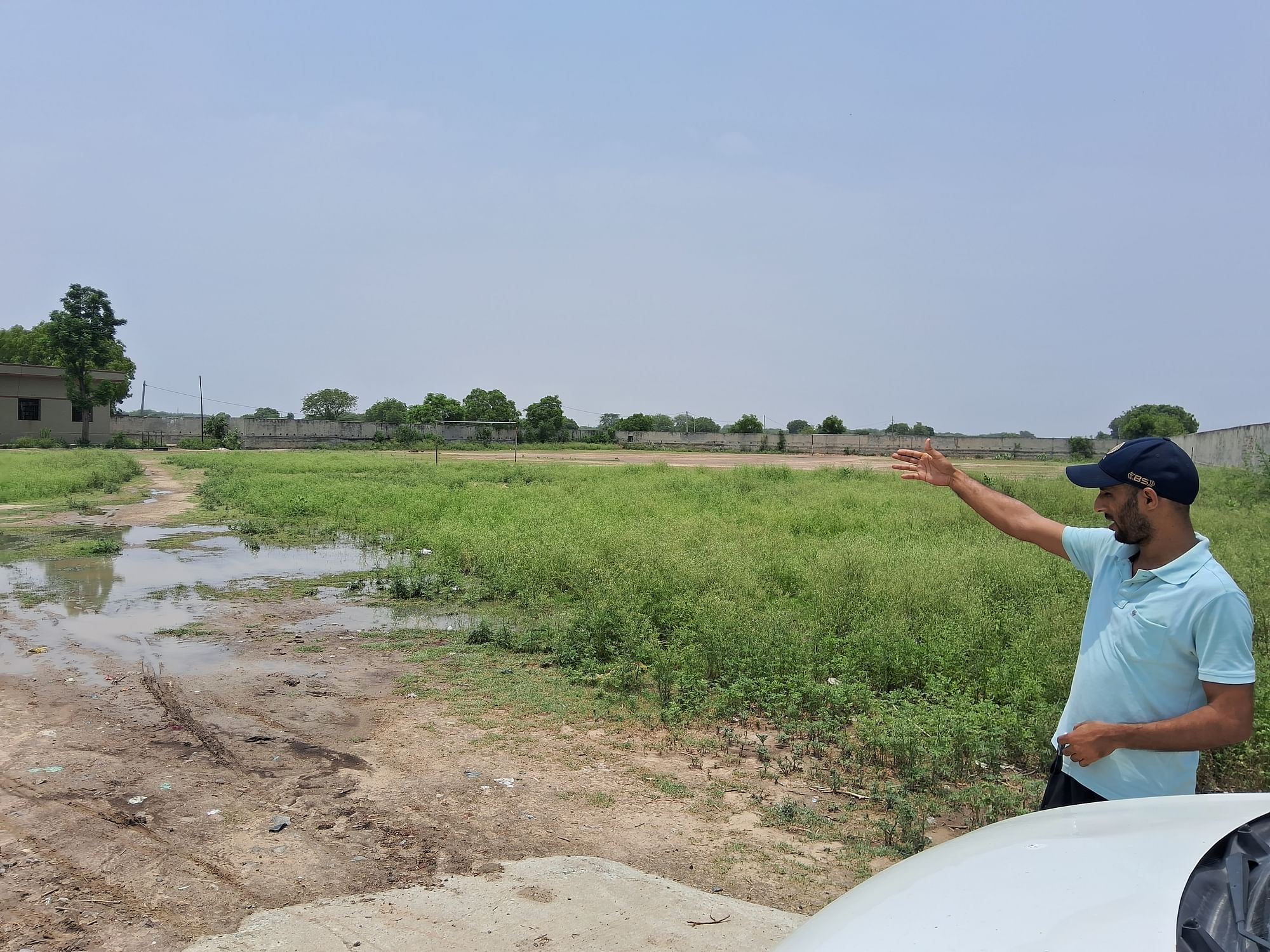
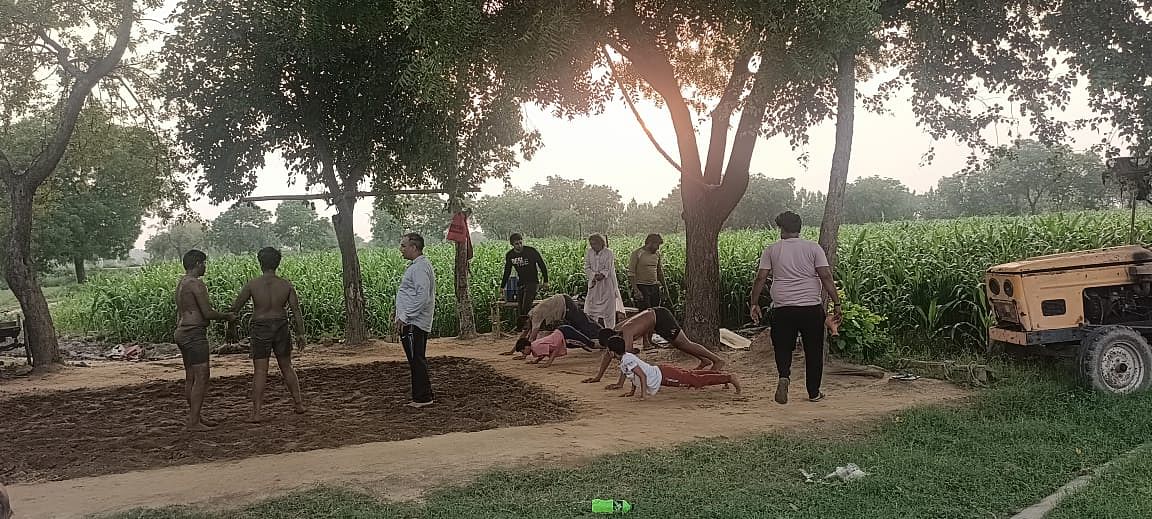
The approval of sports facilities in the village brings a renewed sense of hope and optimism for aspiring athletes like Devrana.
Deepak further adds, “With the support of the LG, this new development will be helpful for our youngsters to pursue multiple sporting avenues. Till now, due to the lack of advanced training facilities, many of them were discouraged or compelled to travel to different areas far from our corner of the city. Whereas now, he sees increased engagement from the youth as well as parents, and also believes it will support in keeping the youngsters of the village away from drugs, and illegal activities.”
He adds that the proposed multipurpose complex will have facilities for wrestling rings, long jump, volleyball, shotput along with a synthetic running track, which will commence soon.
Women, Health And Agriculture
Qutabgarh now also has a local bakery being run by several women of the community. Lalita ji and Anju ji have been the frontrunners for this initiative — which was established in February this year with support of the LG.
They have taken the lead in establishing self-help groups and availing benefits from the PMFME scheme.
Currently, there are four groups comprising 14 women each who actively contribute to the bakery’s operations. They strive to expand their reach by participating in different stalls and events, including college fairs.
When asked about their future plans, they intend to work on increasing the participation of women in such initiatives. Moreover, with the support of the district magistrate, they are working to support more initiatives led by women of the village.
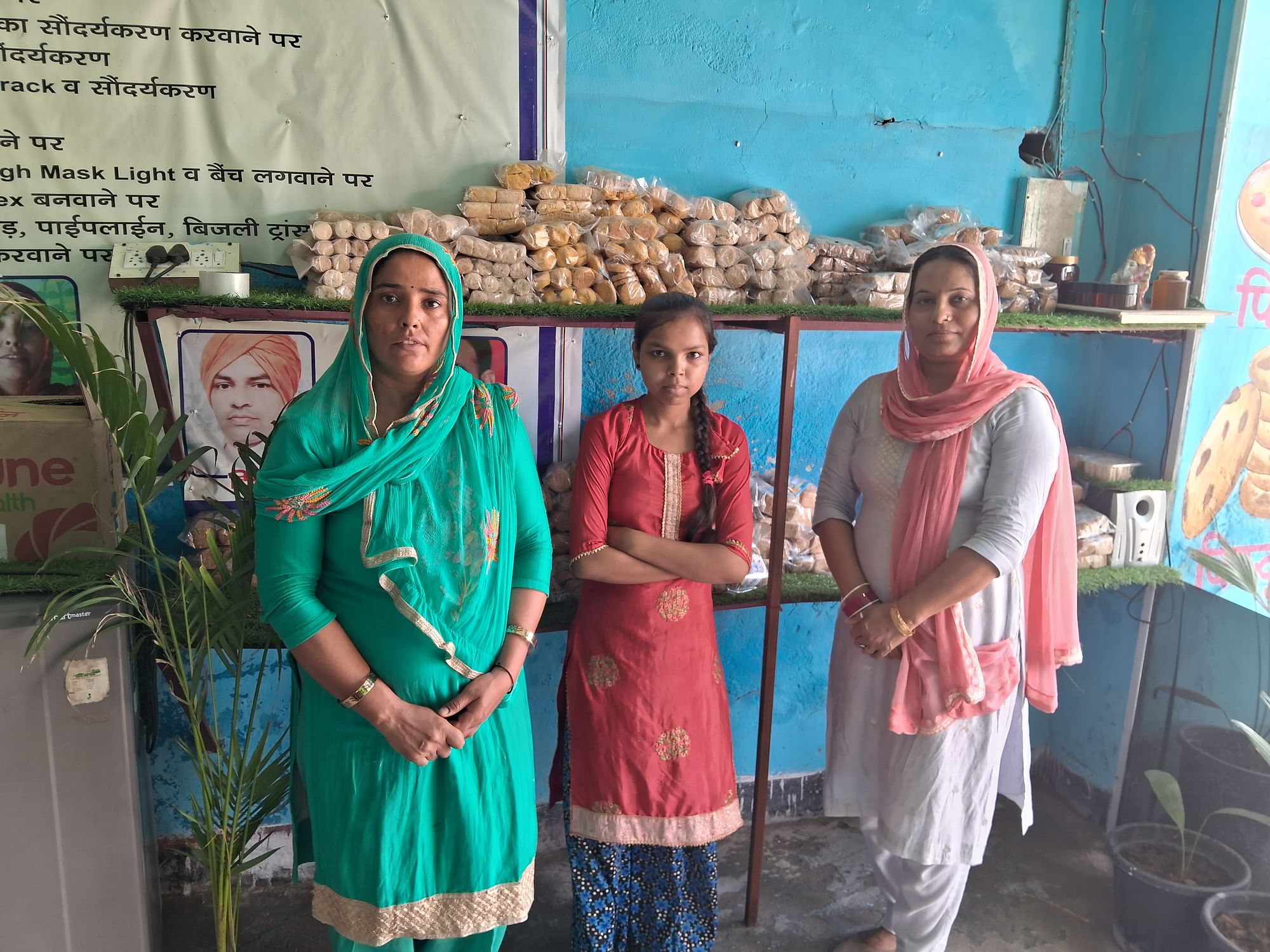
For a population as large as Qutabgarh, having accessible healthcare infrastructure is of paramount importance. Unfortunately, this has been a significant challenge for the villagers, as they have to travel nearly 20 kilometres to avail healthcare facilities.
Although there is a complex situated along the main road in the village, which was constructed approximately nine years ago, it has only been functioning as a dispensary.
To address this issue, instructions had been given to develop this complex into a polyclinic, and the LG was informed that three specialised doctors have already been posted at the dispensary recently, and other necessary equipment and facilities will be put in place soon.
However, the facility still falls short of the required setups, services, and staff needed to meet the benchmarks for a functional healthcare facility.
The present condition calls for urgent attention to establish a regularised system for the newly-appointed doctors and to improve the functioning of the facility.
Additionally, a defunct Mohalla Clinic also stands in the vicinity, which, as per the locals, has now been planned to be converted to a power grid, for improved electric supply in the settlement.
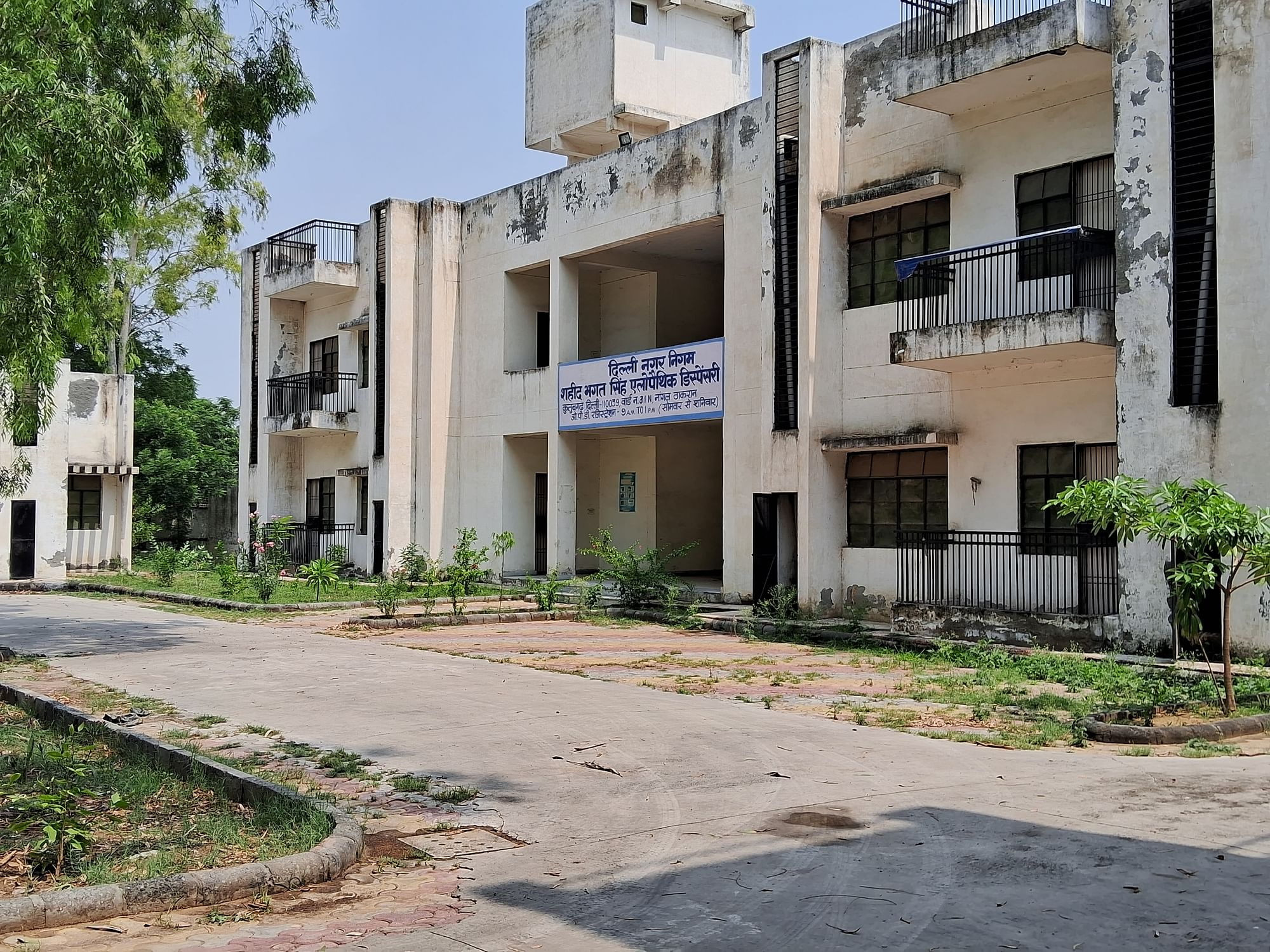
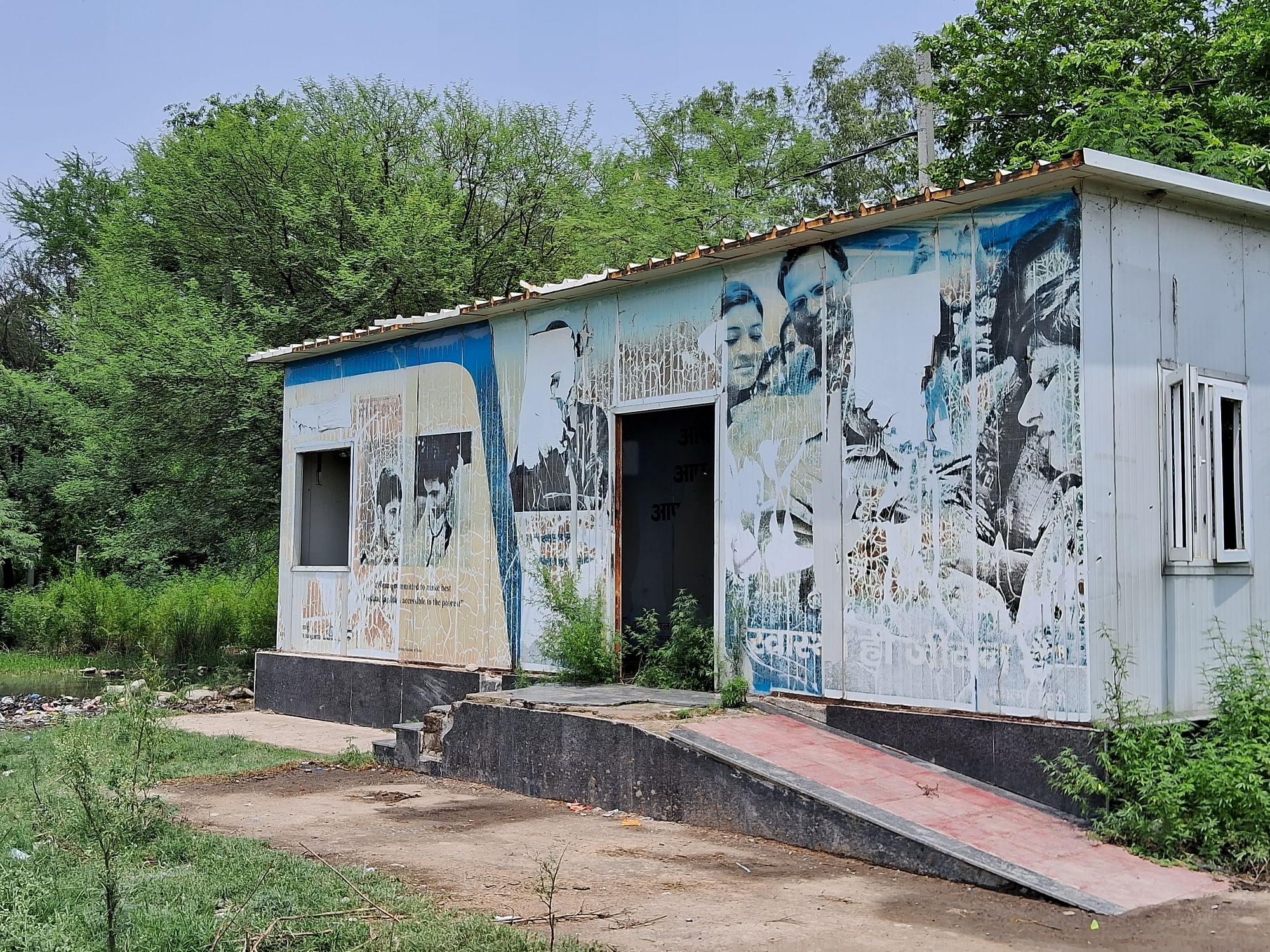
As per a statement from the LG’s office, “The model development commenced in Qutabgarh when in September 2022, the LG provided 1,000 saplings of sandalwood, which were planted by 500 farmers.”
Agricultural development and enhancing financial sustainability through farming has been a key parameter for the development model.
This is aimed at increasing the crop area in the city. Further, during LG’s second visit on 13 April, this year, 2,000 guava and grape saplings were distributed to the villagers.
The LG said that with participation of the local farmers, Qutabgarh could develop into a major producer of guava, which at present is coming into Delhi from neighbouring states including Rajasthan.
These guava saplings are now available at the newly-developed nursery, and many residents can be seen taking these saplings for their farms.
At the nursery, the villagers also pointed out to the development of a polyhouse. This sample polyhouse is being developed to show its benefits and uses to the farmers, who say had been unaware of such setups before.
Further, they mentioned that to promote its usage, discussions are ongoing on the subsidised cost of installation for the farmers.
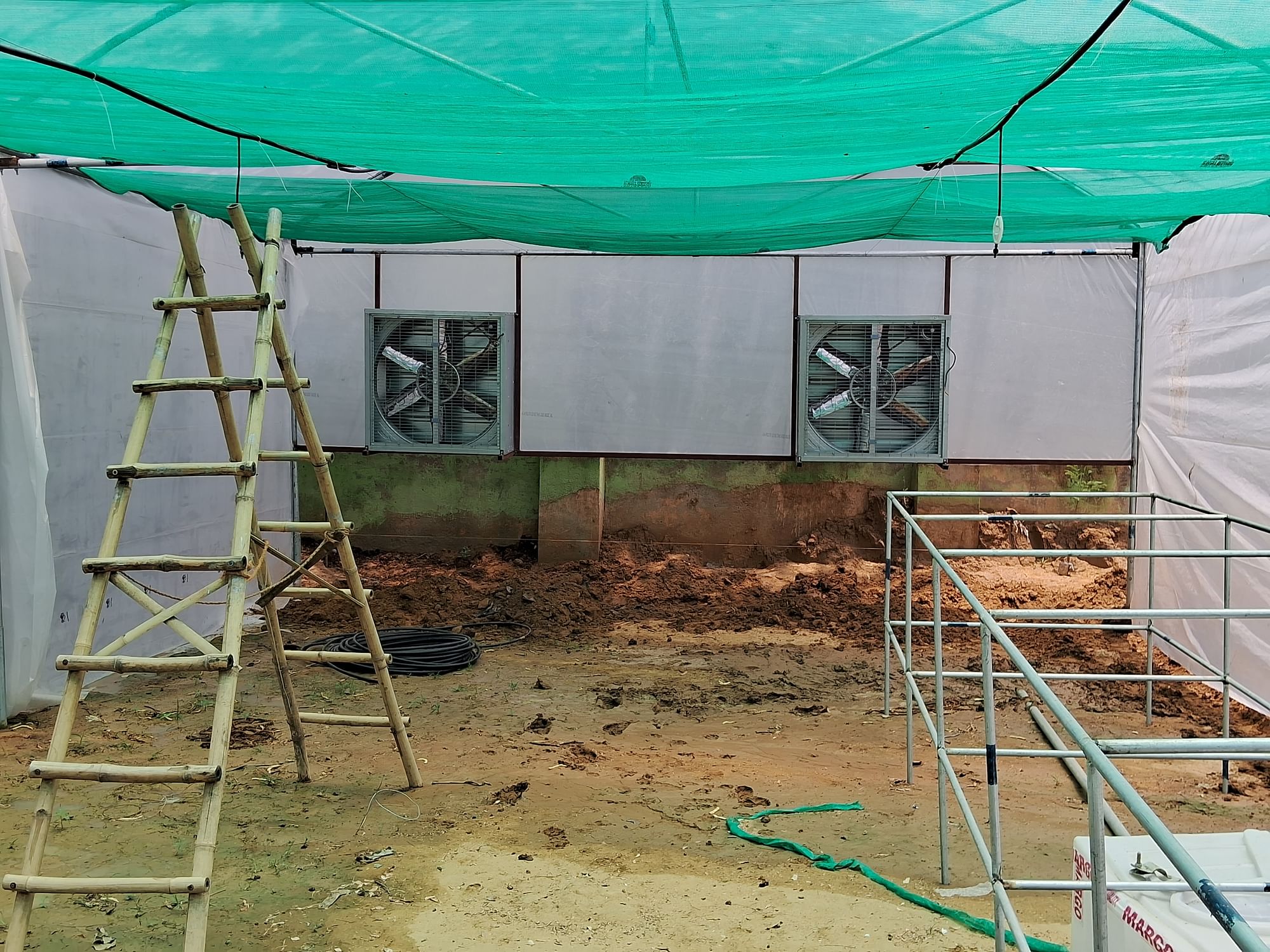
Witnessing the multiple facets of ongoing development throughout the village, this model village shows great strength in leading the development of the other rural villages in the capital city.
The success of the model showcases the combined efforts from the authorities, along with the energy and participation of the locals to oversee all implementations, engage in the development and actively suggest changes when required.
What Lies Ahead — New Villages To Be Adopted
Most of the urban villages, located in the central vicinity of the city have been swallowed by the metropolis, filled with unauthorised construction bringing in more challenges for the city.
However, these rural villages, today stand a chance to be transformed in unique ways respecting the urban-rural balance.
To shield these villages from such growth, their social and physical environments need constant upkeep to maintain inclusiveness for the residents.
Following the successful model at Qutabgarh, the LG has decided to adopt four more villages in Delhi.
LG’s office said these four villages are Nizampur and Jaunti in North West Delhi, and Rawta and Deorala in South West Delhi.
According to the census of 2011, Nizampur and Jaunti have a population of about 6,000-7,000 and 8,000-9,000 respectively, while Rawta and Deoral have 2,933 and 524 respectively.
Like Qutabgarh, the local administration will conduct youth aspiration surveys in four other villages to assess the skill requirement and other vocational guidance required by the local youths for their livelihood and career prospects.
Further, the process will begin for developing them with ample civic infrastructure, preservation of heritage, livelihood opportunities, scientific livestock management, healthcare, proper land use and water management among others.


